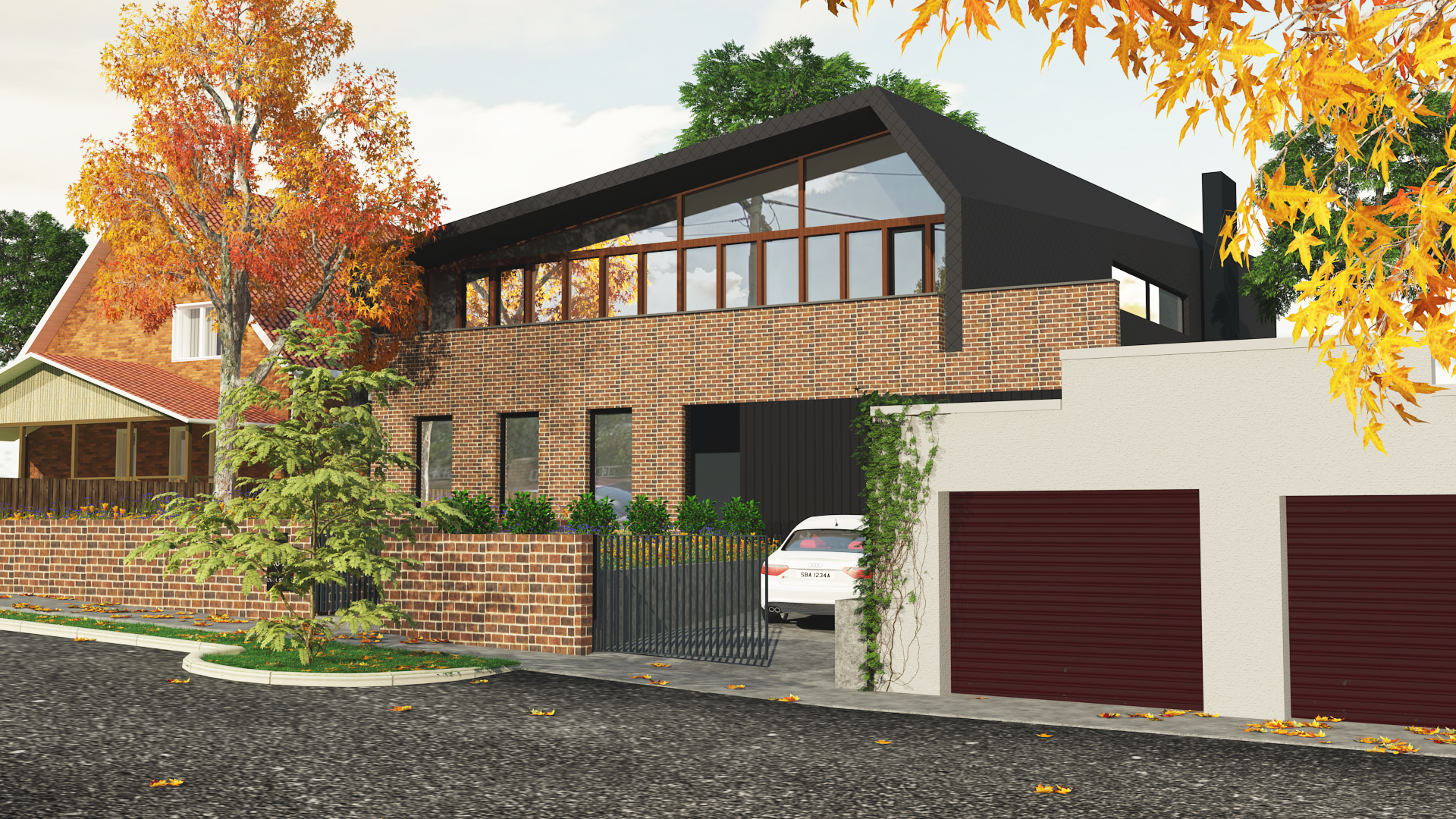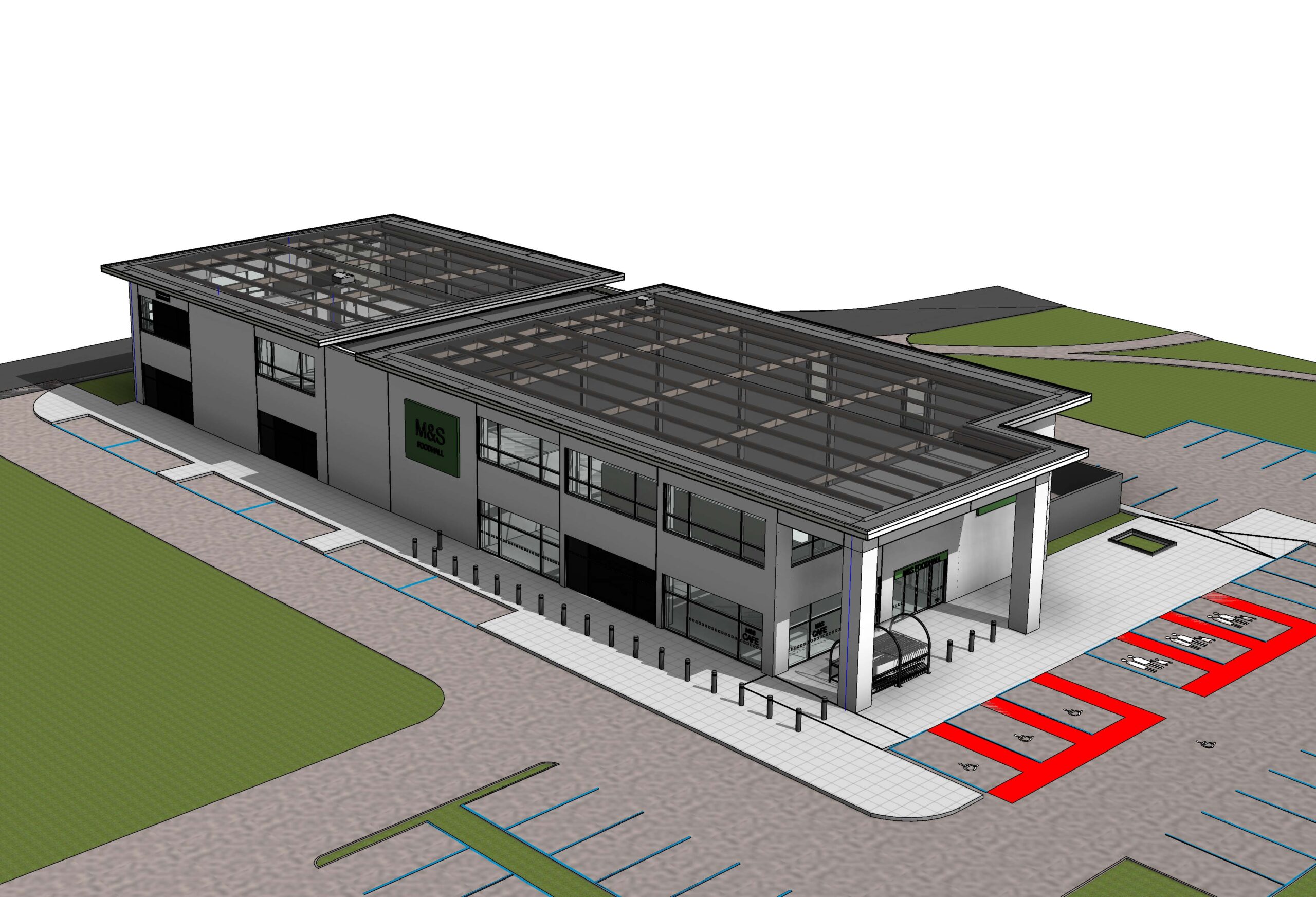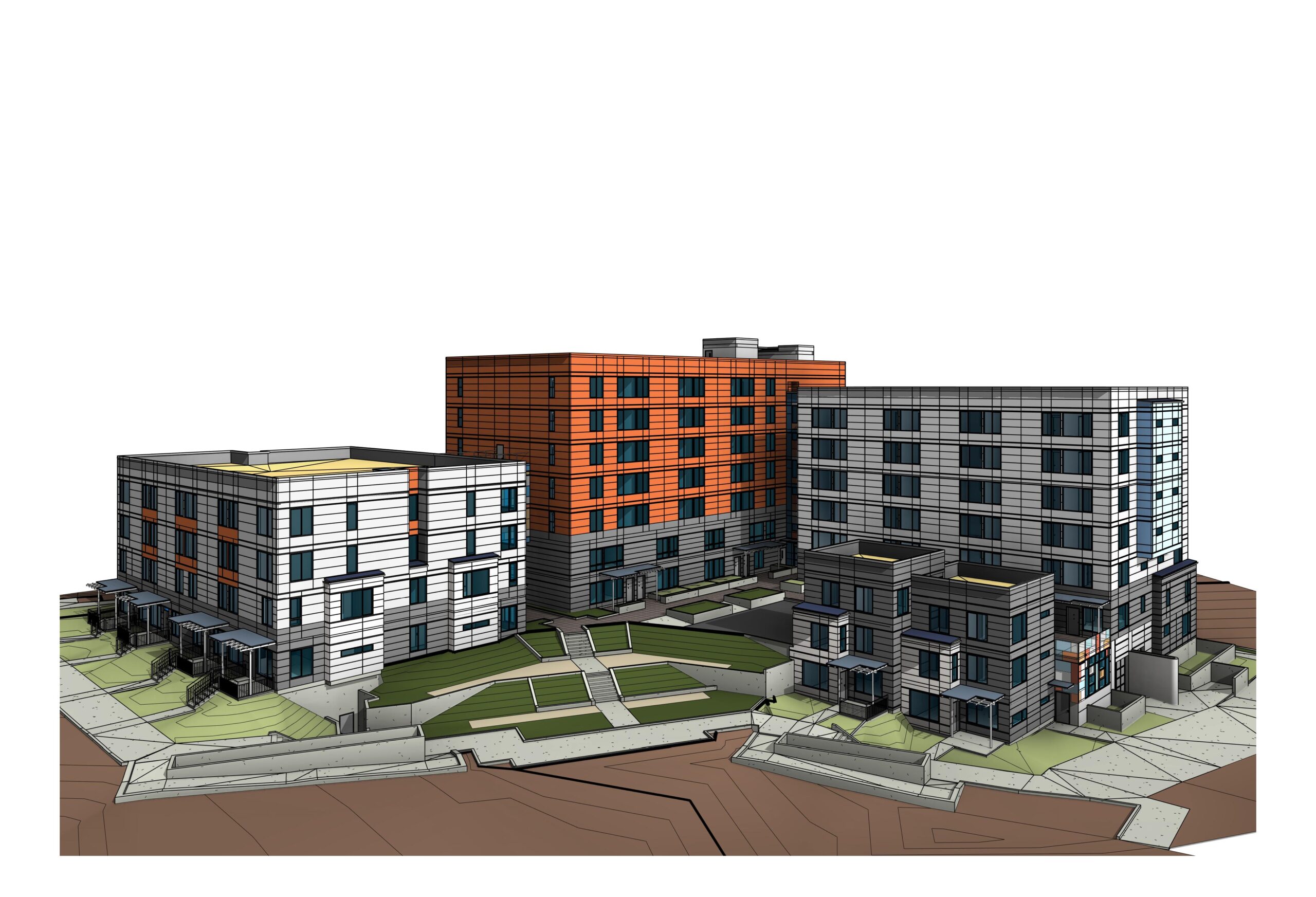Successfull implementation of outsourcing Architectural Works
Posted on : May 02, 2024
The successful implementation of outsourcing architectural works can significantly enhance the efficiency, quality, and profitability of architectural projects. Here, we’ll delve into the key factors and strategies that contribute to the successful outsourcing of architectural works.
Understanding Outsourcing in Architecture
Outsourcing architectural works involves delegating specific tasks or phases of a project to external service providers, such as architectural firms, freelance designers, or drafting professionals. These tasks may include conceptual design, detailed drawings, 3D modeling, renderings, and construction documentation.
Key Factors for Successful Outsourcing in Architecture
Clear Communication and Collaboration
Effective communication and collaboration are essential for successful outsourcing in architecture. Establishing clear objectives, expectations, and project requirements upfront ensures alignment between the client and the outsourcing partner. Regular communication channels facilitate feedback, updates, and revisions throughout the project lifecycle.
Selection of the Right Outsourcing Partner
Choosing the right outsourcing partner is critical for the success of architectural outsourcing projects. Consider factors such as the partner’s expertise, experience, track record, portfolio, and compatibility with your project goals and values. Conducting thorough due diligence and reference checks helps ensure that you select a reliable and competent partner.
Defined Scope of Work and Deliverables
Clearly defining the scope of work and deliverables is essential to avoid misunderstandings and scope creep during the project. Detailed project briefs, specifications, and timelines should be provided to the outsourcing partner, outlining the tasks to be performed, expected outcomes, and deadlines for each phase of the project.
Quality Assurance and Control Measures
Implementing robust quality assurance and control measures is crucial for maintaining consistency and accuracy in outsourced architectural works. Establishing quality benchmarks, review processes, and checkpoints helps identify and rectify errors or discrepancies early in the project, ensuring that the final deliverables meet the desired standards of quality.
Adherence to Legal and Regulatory Requirements
Compliance with legal and regulatory requirements is paramount in architectural outsourcing. Ensure that the outsourcing partner adheres to relevant industry standards, building codes, zoning regulations, and intellectual property laws. Implementing comprehensive contracts, non-disclosure agreements, and indemnity clauses protects the interests of all parties involved.
Strategies for Successful Implementation of Outsourcing Architectural Works
Start with Pilot Projects
Begin with small-scale pilot projects to test the outsourcing process and evaluate the capabilities of potential partners. This allows you to assess their performance, communication skills, and adherence to deadlines before committing to larger projects.
Establish Clear Communication Channels
Create dedicated communication channels, such as project management software, email threads, or virtual meetings, to facilitate seamless communication and collaboration between your team and the outsourcing partner. Regular updates, progress reports, and milestone reviews keep all stakeholders informed and engaged throughout the project.
Provide Detailed Project Briefs and Guidelines
Offer comprehensive project briefs, guidelines, and reference materials to guide the outsourcing partner in their work. Clearly outline project objectives, design preferences, technical specifications, and any specific requirements or constraints to ensure that the deliverables meet your expectations.
Foster a Collaborative Working Environment
Promote a collaborative working environment where ideas are exchanged, feedback is welcomed, and mutual respect is maintained between your team and the outsourcing partner. Encourage open dialogue, creativity, and innovation to harness the collective expertise of all stakeholders involved in the project.
Monitor Progress and Performance
Regularly monitor the progress and performance of the outsourcing partner to ensure that project milestones are met and quality standards are upheld. Conduct periodic reviews, evaluations, and feedback sessions to address any issues or concerns promptly and proactively.
Conclusion: Achieving Success through Outsourcing Architectural Works
In conclusion, the successful implementation of outsourcing architectural works requires careful planning, effective communication, and collaboration between all stakeholders involved. By selecting the right outsourcing partner, defining clear objectives and deliverables, implementing quality assurance measures, and fostering a collaborative working environment, businesses can leverage outsourcing to streamline their workflows, enhance project outcomes, and achieve greater success in architectural projects.
Outsourcing architectural works allows firms to access specialized expertise, scale their operations, and streamline their workflows while maintaining control over project quality and outcomes. By fostering strong partnerships, clear communication, and adherence to best practices, firms can navigate the complexities of outsourcing and achieve their project objectives with confidence.
As the architectural industry continues to evolve, outsourcing will play an increasingly integral role in driving efficiency, competitiveness, and excellence. By embracing outsourcing as a strategic tool, architectural firms can position themselves for success in an ever-changing market, delivering value to clients and stakeholders while staying at the forefront of innovation and design.




